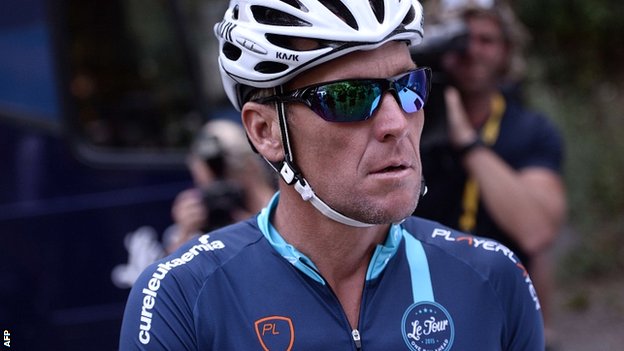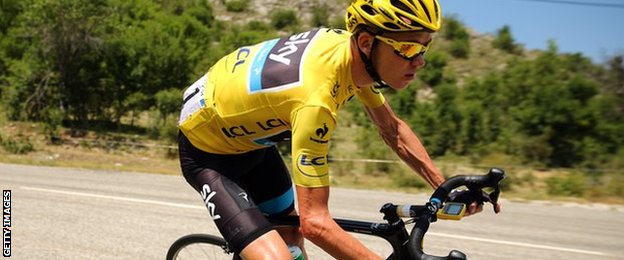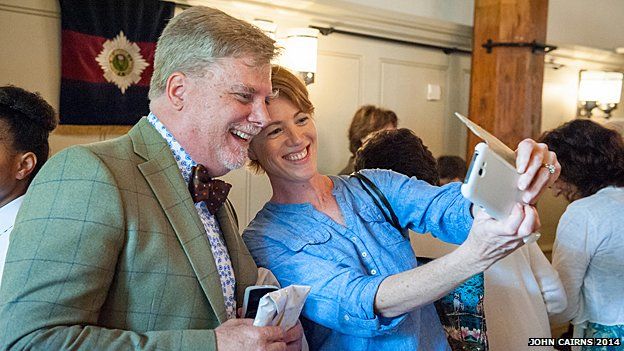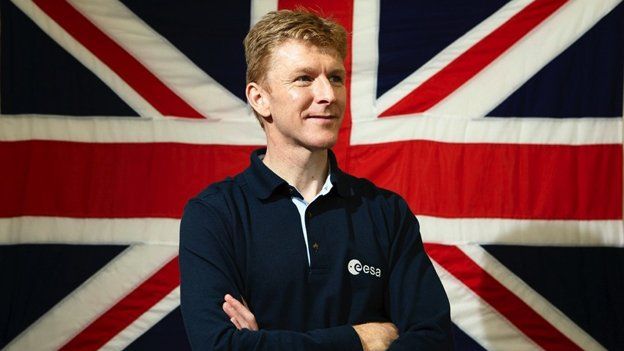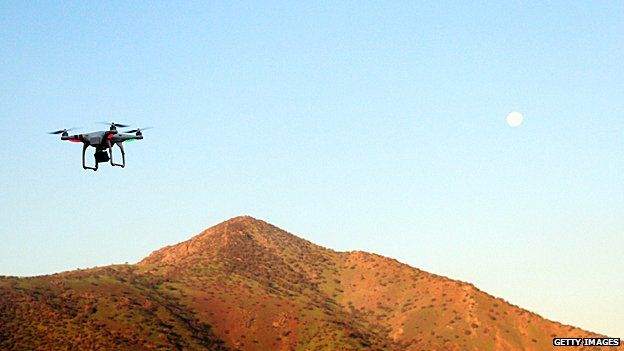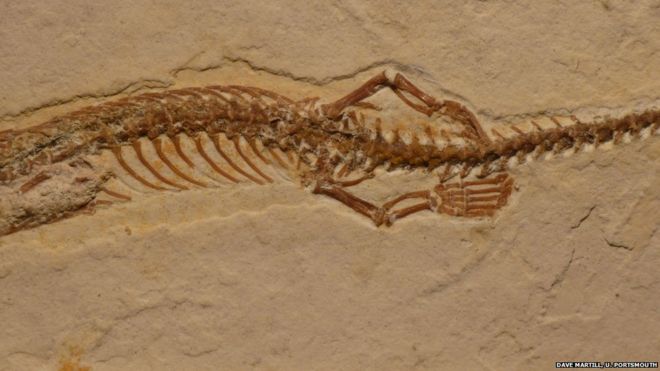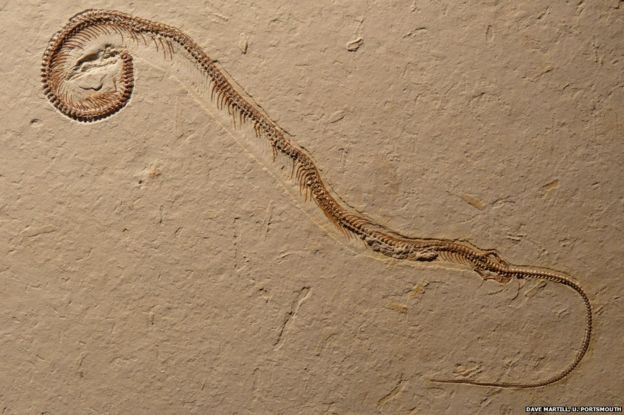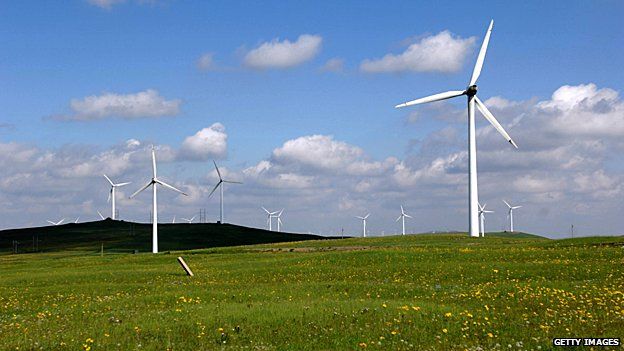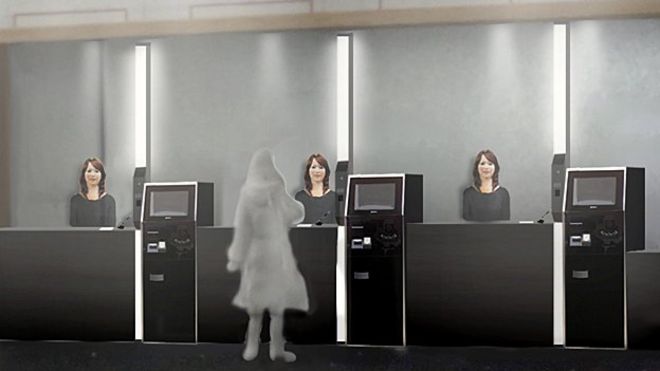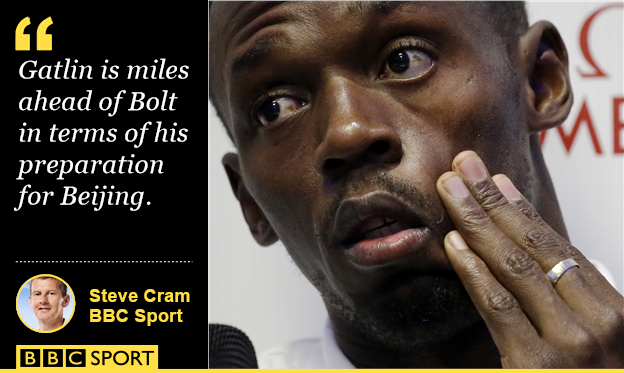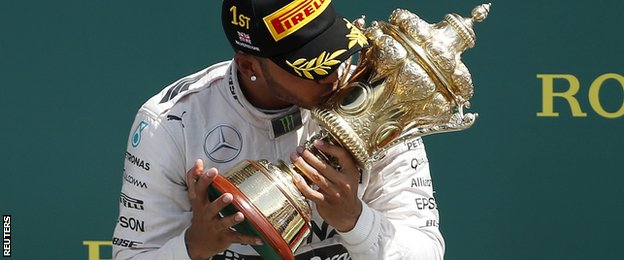More than 10% of elite athletes could be cheating, says Wada director general David Howman but the number of children doping to reach the elite is the World Anti-Doping Agency's "biggest concern".
Howman said sport's increasing profitability had led to young athletes becoming more "vulnerable".
Drug testing is limited in non-elite events, and Howman admits teenagers are "under the radar" of doping agencies.
He also said doping could become a criminal offence in five years.
"We have some guestimates based on some research undertaken over the last years," Howman told BBC's Hardtalk.
"It's far more than we would wish it to be - over 10%. That is of concern because those being caught by the system is far lower than that. Not in all sports, in some sports," he said.
"The area of most concern for us is the level of young athletes who have not broken through into the elite who are trying to get that breakthrough and are susceptible to taking drugs because that's a shortcut," he added.
"Not only are they susceptible to taking drugs, they are being encouraged to do so by any one of a number of people that surround them - coaches, trainers, even parents - because it's way to make a lot of money."
Nigerian weightlifter Chika Amalaha, 16, was stripped of her gold medal after failing a drugs test at last year's Commonwealth Games.
Doubts about cycling
Former Wada president Dick Pound has previously said that four out of five cheats are not being caught.
And Howman said he wondered if there were still riders doping on this year's Tour de France after former winner Lance Armstrong was stripped of seven titles following his admission he took performance-enhancing drugs.
Leader Chris Froome has been questioned about his performance during this year's race but the Team Sky rider has denied doping.
Howman said that the numbers of riders doping had fallen "majorly" since Armstrong won Tours from 1999 to 2005, adding: "I have great respect for the way in which the UCI [world cycling's governing body] are now running their anti-doping programme."

